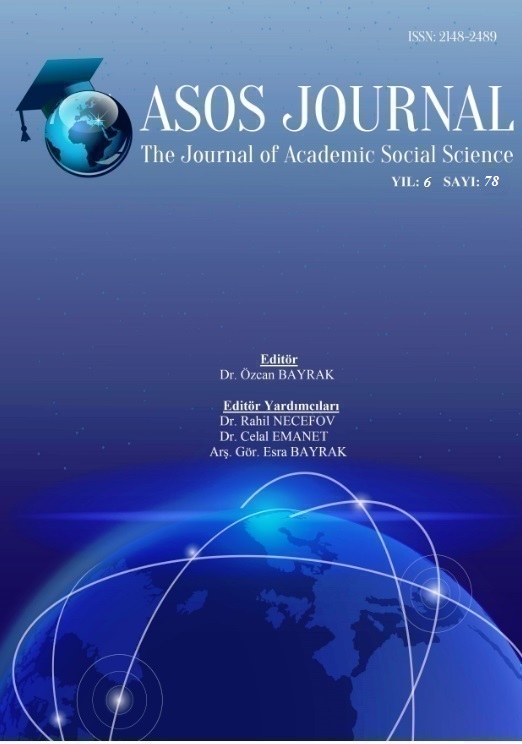Author :
Abstract
Resmî vesikaların kaydedilip saklanması, tarihin önemini kavramış toplulukları devlet statüsüne eriştiren bir faaliyettir. Osmanlı Devleti’nde de resmî kayıtların tutulması ve saklanması ile ilgili kişi ve kurumlar, günümüze binlerce belgenin ulaşmasını sağlayacak titizlikte görevlerini yerine getirmişlerdir. Günümüzde Osmanlı Devleti ile birlikte yirmiden fazla devletin de ana arşivi konumunda olan Başbakanlık Osmanlı Arşivi, Topkapı Sarayı Müzesi Arşivi, Tapu Kadastro Genel Müdürlüğü Arşivi, Şer’iye Sicilleri Arşivi, Vakıflar Genel Müdürlüğü Arşivi gibi kurumlardaki kayıtlar; kişilerin, yapıların ve arazilerin tarihini de aydınlatmaya yardımcı olmaktadır. Sultan Ahmed Külliyesi gibi 17. yüzyıl Osmanlı mimarîsinin güzel örneklerinden birini teşkil eden önemli bir yapının da bu kayıtlarda nasıl yer aldığı, bu çalışmanın konusunu teşkil etmektedir. Yapının inşâsından günümüze inşâ, tamir, masraf, gelir kayıtları binlerce evraka tekabül ettiğinden, sadece inşâ sürecini tanımlayan evraka bu çalışmada yer verilmiştir. İnşâ sürecini anlatan evrakın cinsi, niteliği, konusu ve içeriği hakkında da bilgiler verilmeye çalışılmıştır.
Keywords
Abstract
The recording and storage of official documents is an activity that brings the significance of history to the state of concept communities. In the Ottoman Empire, people and institutions related to the keeping and preservation of official records fulfilled their duties in order to provide access to thousands of documents daily. The records of the institutions such as the Prime Ministry Ottoman Archives, the Archive of the Topkapi Palace Museum, the General Directorate of Land Registry and Cadastre Archives, the Archives of Sher'iye Records, and the Archives of the General Directorate of Foundations, which are the main archives of the Ottoman State as well as twenty other states; people, structures and lands. It is the subject of this study that how such an important structure, which constitutes one of the beautiful examples of 17th century Ottoman architecture like the Sultan Ahmed Complex, takes place in these records. Since the day-to-day construction, repair, expense, revenue records correspond to thousands of documents from the construction of the building, the documentary which only defines the construction process is included in this study. It was tried to give information about the genus, nature, subject and content of the documents describing the construction process.





